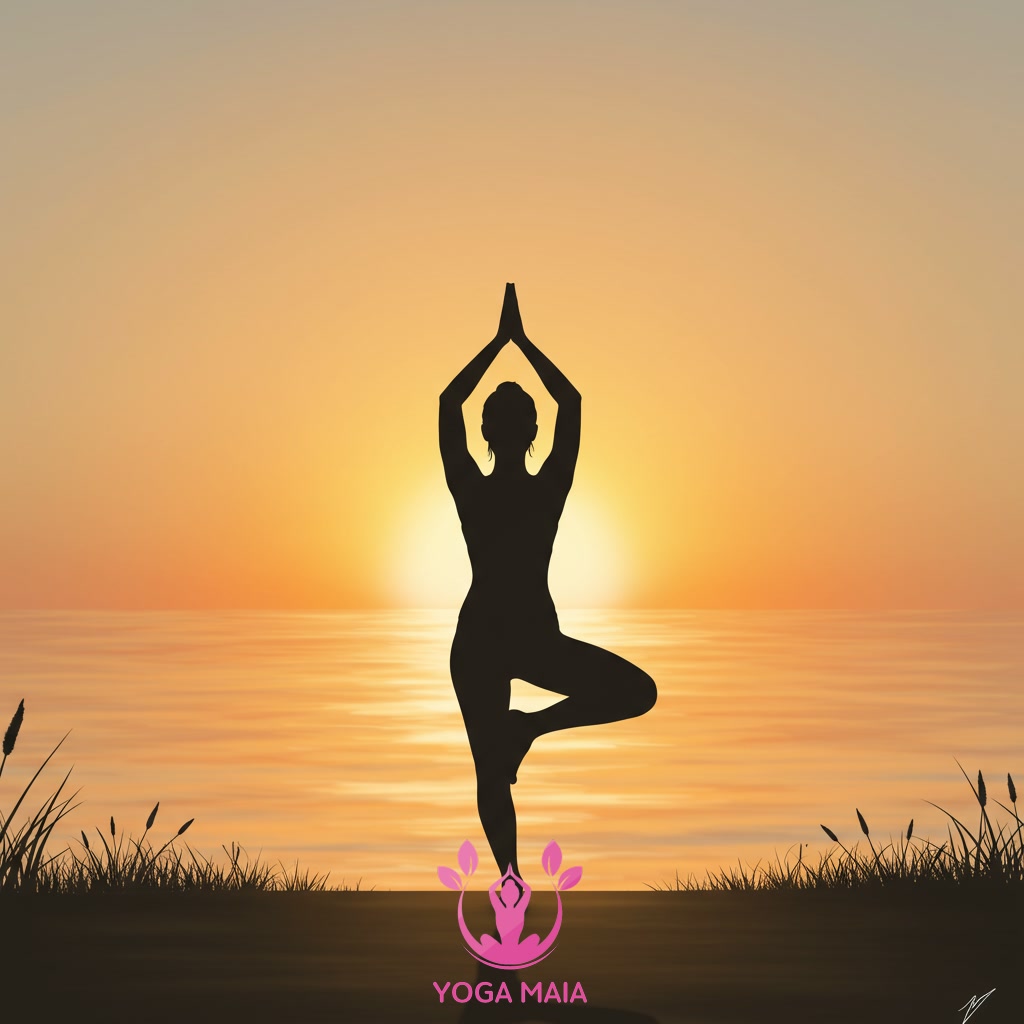Yoga Blog
Finding Your Path to Inner Peace Through the Practice of Yoga
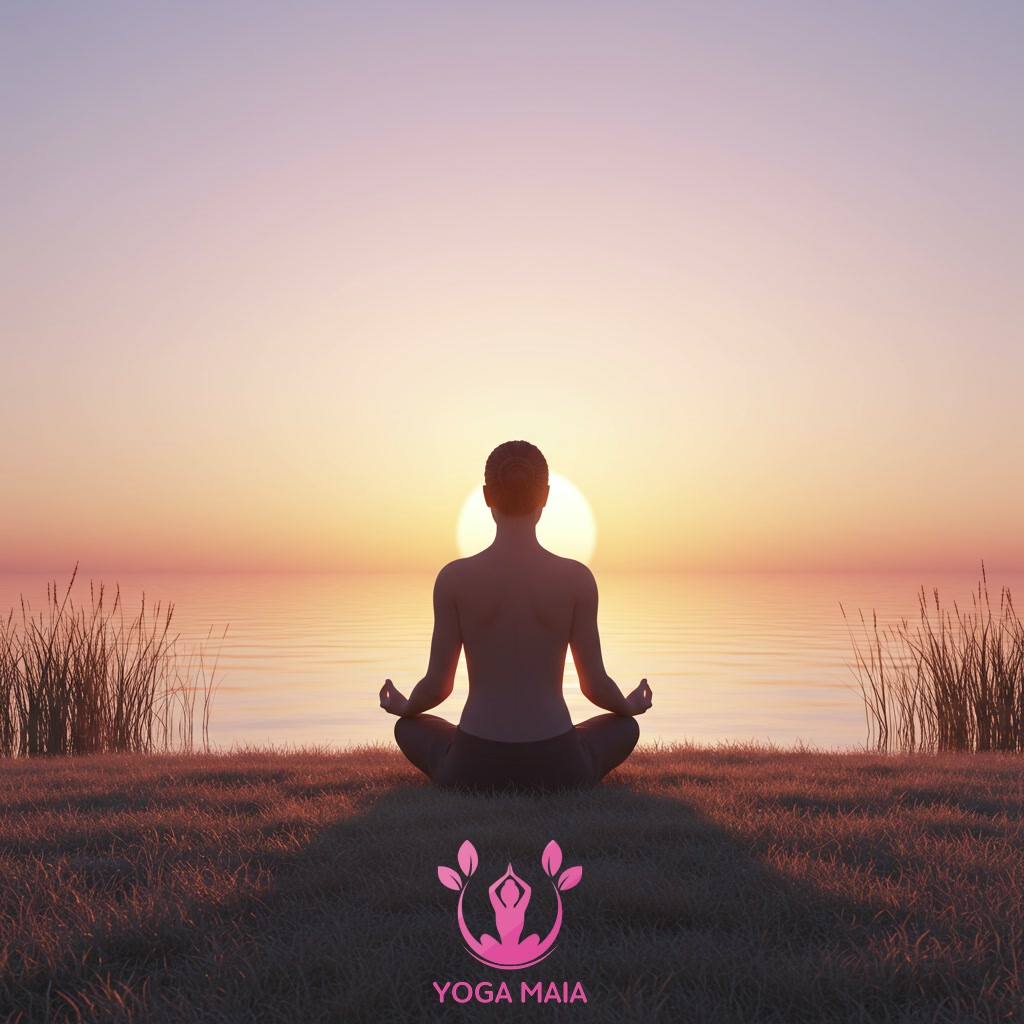
This content explores how the practice of yoga can guide individuals towards a state of inner peace. It delves into the various aspects of yoga that contribute to mental and emotional tranquility. Discover how incorporating yoga into your routine can help you navigate challenges and cultivate lasting calmness within yourself.
Table of Contents
- Section 1: Understanding Inner Peace and Yoga’s Connection
- Section 2: The Pillars of Practice: Asana, Pranayama, and Meditation
- Section 3: Cultivating Mindfulness On and Off the Mat
- Section 4: Integrating Yoga Principles into Daily Life
- Section 5: Addressing Challenges and Deepening Your Practice
- Section 6: The Ongoing Journey to Sustained Inner Peace
Section 1: Understanding Inner Peace and Yoga’s Connection
Inner peace is a state of mental and emotional calmness, resilience, and acceptance, regardless of external circumstances. It’s not merely the absence of problems, but a profound sense of being centered and grounded within oneself. Cultivating this state allows us to navigate life’s challenges with greater ease and clarity. Yoga, as a holistic practice, offers a powerful and accessible pathway to achieve this inner tranquility. It goes beyond physical exercise, integrating movement, breathwork, and mindfulness techniques designed to quiet the often-turbulent mind and release tension held in the body. By fostering a deeper connection between mind, body, and spirit, yoga provides the tools necessary to build inner strength and cultivate lasting peace from within.
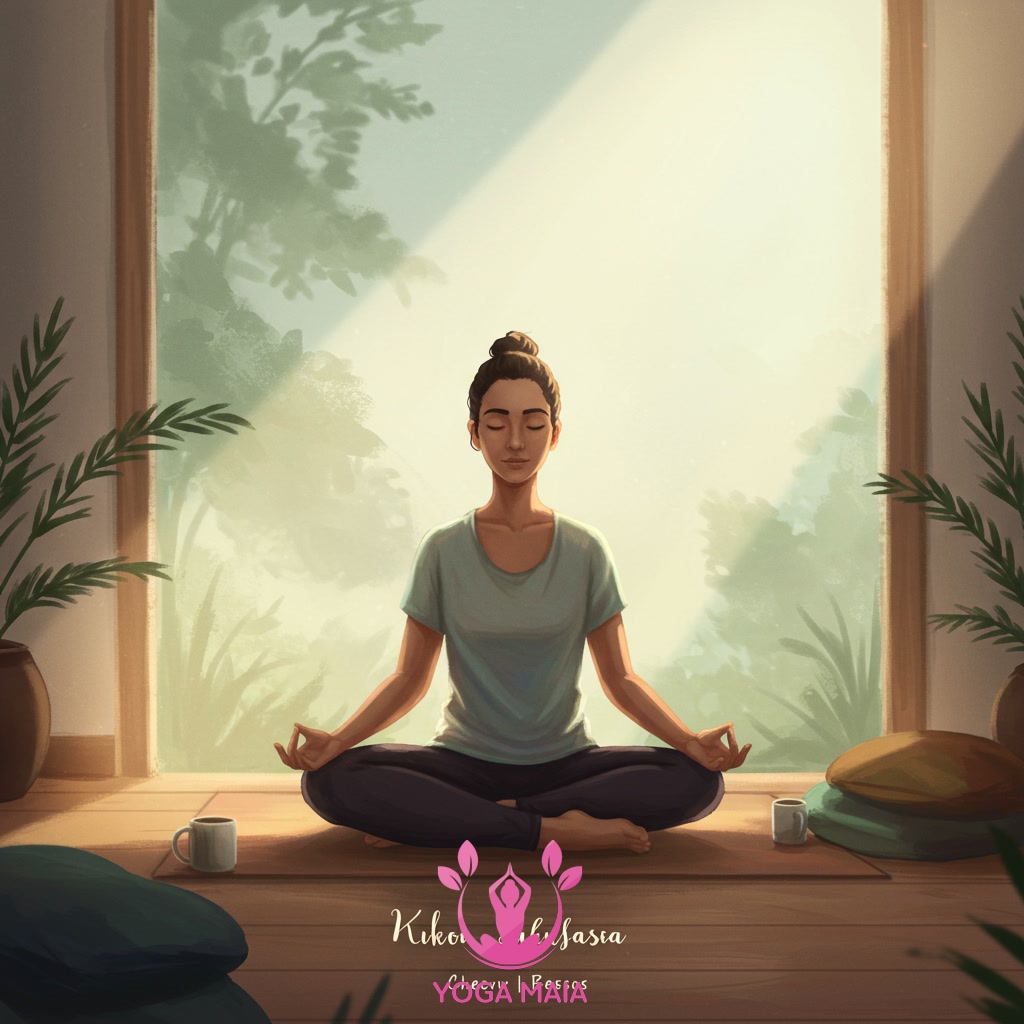
Section 2: The Pillars of Practice: Asana, Pranayama, and Meditation
Building upon the understanding of inner peace as a profound state of being, yoga offers concrete practices that serve as foundational pillars for its cultivation. These are traditionally recognized as Asana, Pranayama, and Meditation. Asana, the physical postures, prepares the body by releasing tension and building strength, creating a stable foundation for inner stillness. Pranayama, the practice of conscious breath control, directly influences the nervous system, calming the mind and centering awareness. Meditation, the cultivation of focused attention and mindfulness, allows one to observe thoughts without attachment, fostering acceptance and mental clarity. Together, these three elements work synergistically, guiding practitioners to quiet the external noise and connect with the deep reservoir of peace within.
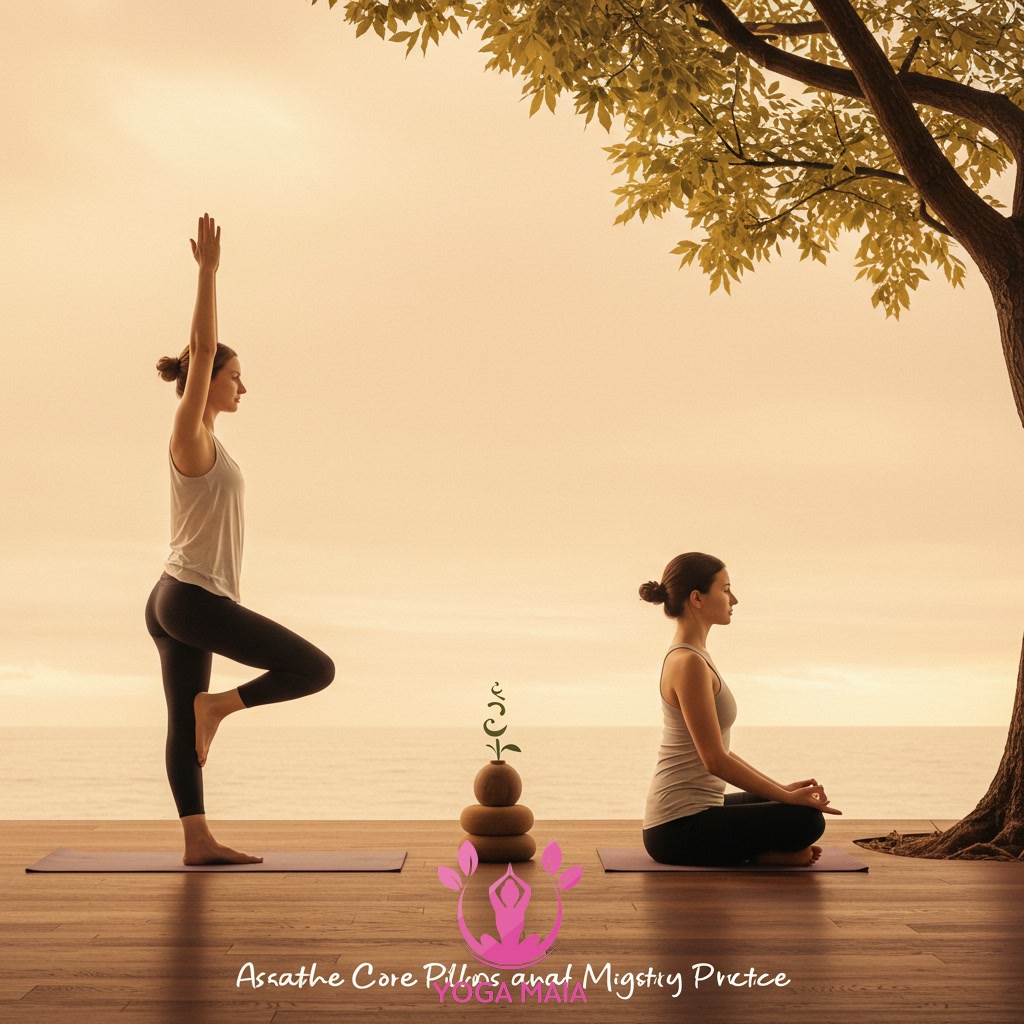
Section 3: Cultivating Mindfulness On and Off the Mat
Building upon the understanding of inner peace, yoga offers concrete practices, notably the cultivation of mindfulness, as a foundational pillar. This involves training the mind to be fully present, observing thoughts, feelings, and sensations without judgment, both during physical yoga practice and in daily life. On the mat, through focused breathwork (pranayama) and mindful movement (asana), practitioners learn to anchor their awareness in the immediate experience, noticing the body’s sensations and the breath’s rhythm. This deliberate attention strengthens the capacity for presence. Off the mat, this cultivated awareness extends into everyday moments, transforming routine activities into opportunities for mindful engagement. By consciously bringing this non-reactive observation to challenges, interactions, and simple tasks, individuals can navigate life with greater calm, clarity, and resilience, making mindfulness a continuous path to inner peace.
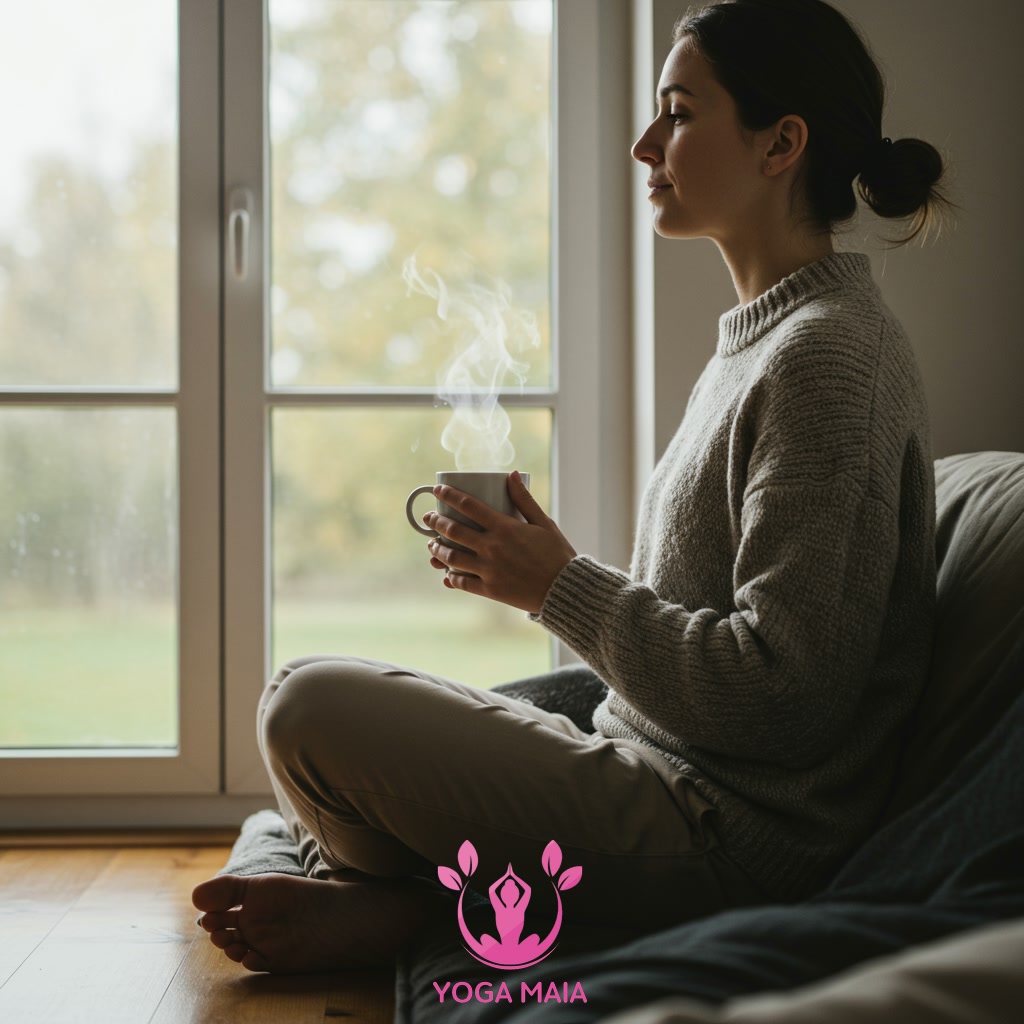
Section 4: Integrating Yoga Principles into Daily Life
Beyond the physical postures and breathing exercises, integrating yoga principles into your daily life is key to cultivating lasting inner peace. This means carrying the mindfulness practiced on the mat into everyday activities, from washing dishes to commuting. It involves applying ethical guidelines, or Yamas and Niyamas, such as non-harming (ahimsa) in your interactions and choices, or finding contentment (santosha) in your present circumstances. By consciously bringing awareness, compassion, and balance into your thoughts, words, and actions throughout the day, you transform mundane moments into opportunities for spiritual growth and reinforce the state of tranquility you experience during formal practice, making inner peace a constant companion rather than a fleeting moment.
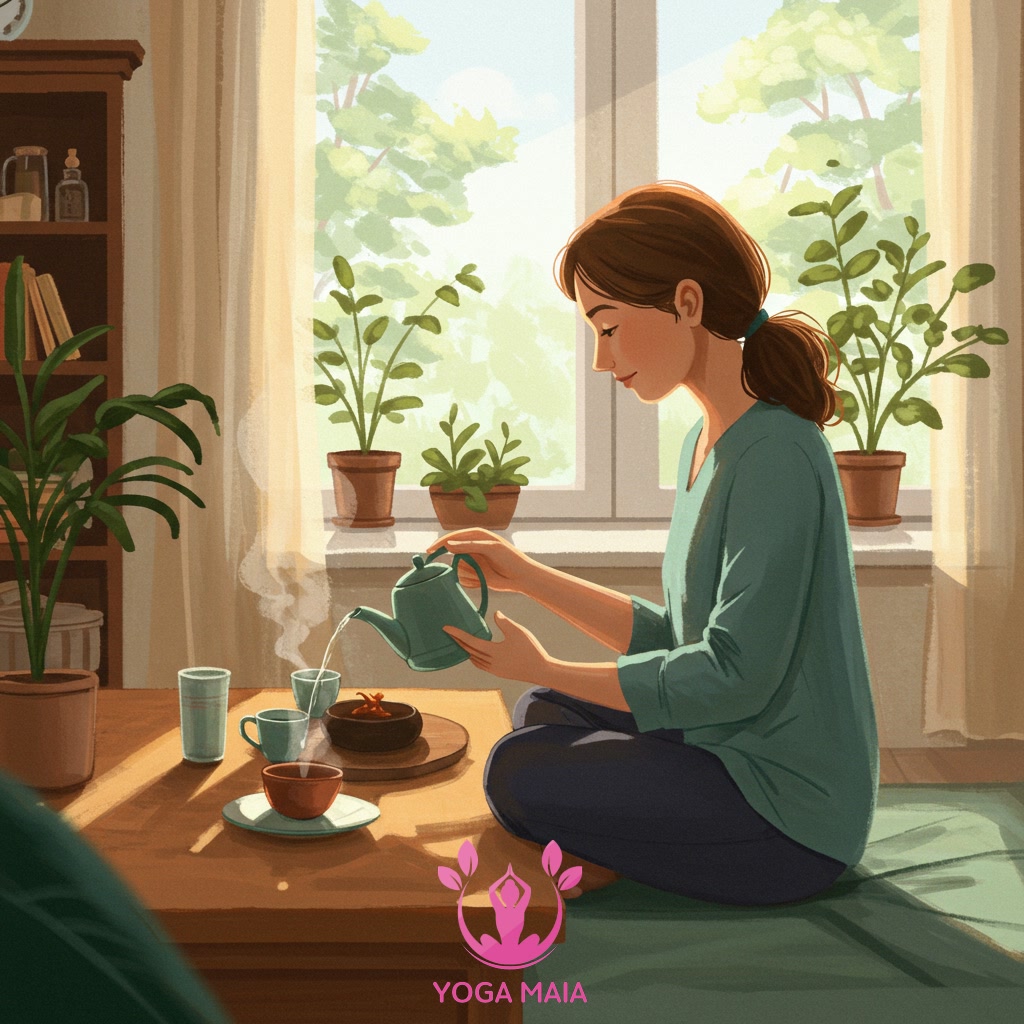
Section 5: Addressing Challenges and Deepening Your Practice
As you continue your yoga journey towards inner peace, you will inevitably encounter challenges. These might include physical limitations in certain poses, mental distractions during meditation or breathwork, or simply finding consistent time for practice amidst a busy life. Addressing these hurdles is a crucial part of deepening your connection to yoga’s benefits. Rather than becoming frustrated, view these moments as opportunities for growth. Cultivate patience and self-compassion, acknowledging that progress is not always linear. Listen to your body, modify poses as needed, and gently guide your wandering mind back to the present moment. Establishing a regular, even if short, practice routine helps build discipline and resilience, reinforcing your commitment to finding tranquility within despite external or internal difficulties.

Section 6: The Ongoing Journey to Sustained Inner Peace
Achieving inner peace through yoga is not a final destination but rather an ongoing journey. As you move forward, you’ll learn that challenges, whether physical or mental, are simply part of the path. The true practice lies in how you meet these obstacles with equanimity and presence, cultivated through your poses, breathwork, and meditation. Sustaining inner peace means accepting the ebb and flow of life, returning to your practice consistently to recenter yourself. Each session reinforces your ability to navigate difficulties with calm resilience, making tranquility a constant companion rather than a fleeting state. Embrace the process, for the journey itself is where the deepest peace is found.
